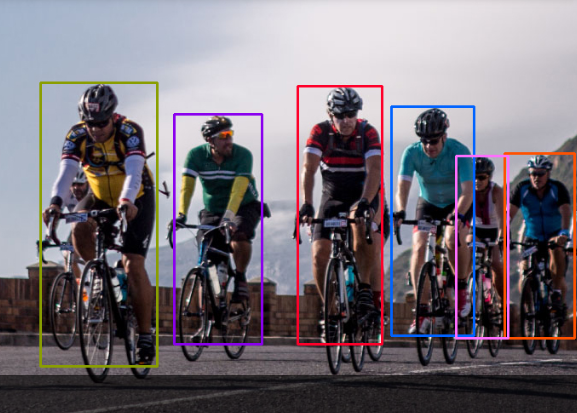Object detection algorithms heavily depend on bounding box annotations, as they supply vital information about where and how large the objects are in terms of pixels. Object detection is a task in computer vision where objects of interest are identified and localized inside an image or video.
Bounding box annotations play a key role in achieving this task for several reasons:
1. Localization of Objects:
Bounding boxes define the exact coordinates and sizes of an object in a picture. This data is essential for proper localization and identification of objects. If there were no bounding box annotation , the algorithm would be unable to determine where in the image a particular object is located.
2. Training Data for Supervised Learning:
That is why most object detection algorithms rely on supervised learning methods when a model learns from the labeled examples. Bounding box annotation services serve as the ground truth labels that are required for training. In the process of training, the algorithm learns to identify certain patterns contained in bounding boxes with particular object classes.
3. Evaluation of Algorithm Performance:
Object detection algorithms are assessed based on bounding box annotations. Precision, recall, and mean average precision metrics depend on the comparison between predicted bounding boxes and ground truth annotations. These measures enable us to estimate the algorithm’s performance in detecting objects and their localization with an acceptable tolerance.
4. Multi-Object Recognition:
In a lot of real-life situations, images may include multiple objects belonging to different classes. The fact that bounding box annotations enable object detection algorithms to address and recognize several objects in a single image makes them attractive. Each bounding box represents a particular object, allowing the algorithm to recognize and separate different classes.
5. Object Counting and Tracking:
Bounding box annotations can be used to count the number of objects in a given image and monitor their trajectories from frame-to-frame. This becomes critical in applications such as traffic monitoring, people counting, and surveillance, where the accurate description of spatial and temporal distributions is essential.
6. Region of Interest (ROI) Identification:
Regions of interest can be identified within an image using bounding boxes. This may be helpful in downstream jobs such as image segmentation or feature extraction because it is important to focus on certain areas that contain the objects of interest.
In conclusion, bounding box annotations play a crucial role in object detection algorithms because they provide the spatial information required for training and evaluation of these algorithms, as well as their application to different domains. They provide accurate location, identification, and tracking of the objects, so object detection is a very important tool in applications dealing with computer vision.
Contact Infosearch BPO Services, for Bounding Box or any other type of data annotation services.
Popular Tags
bounding box annotation, bounding box annotations, 2d bounding box annotation, bounding box example, bounding box size, what is a bounding box in word









Recent Comments